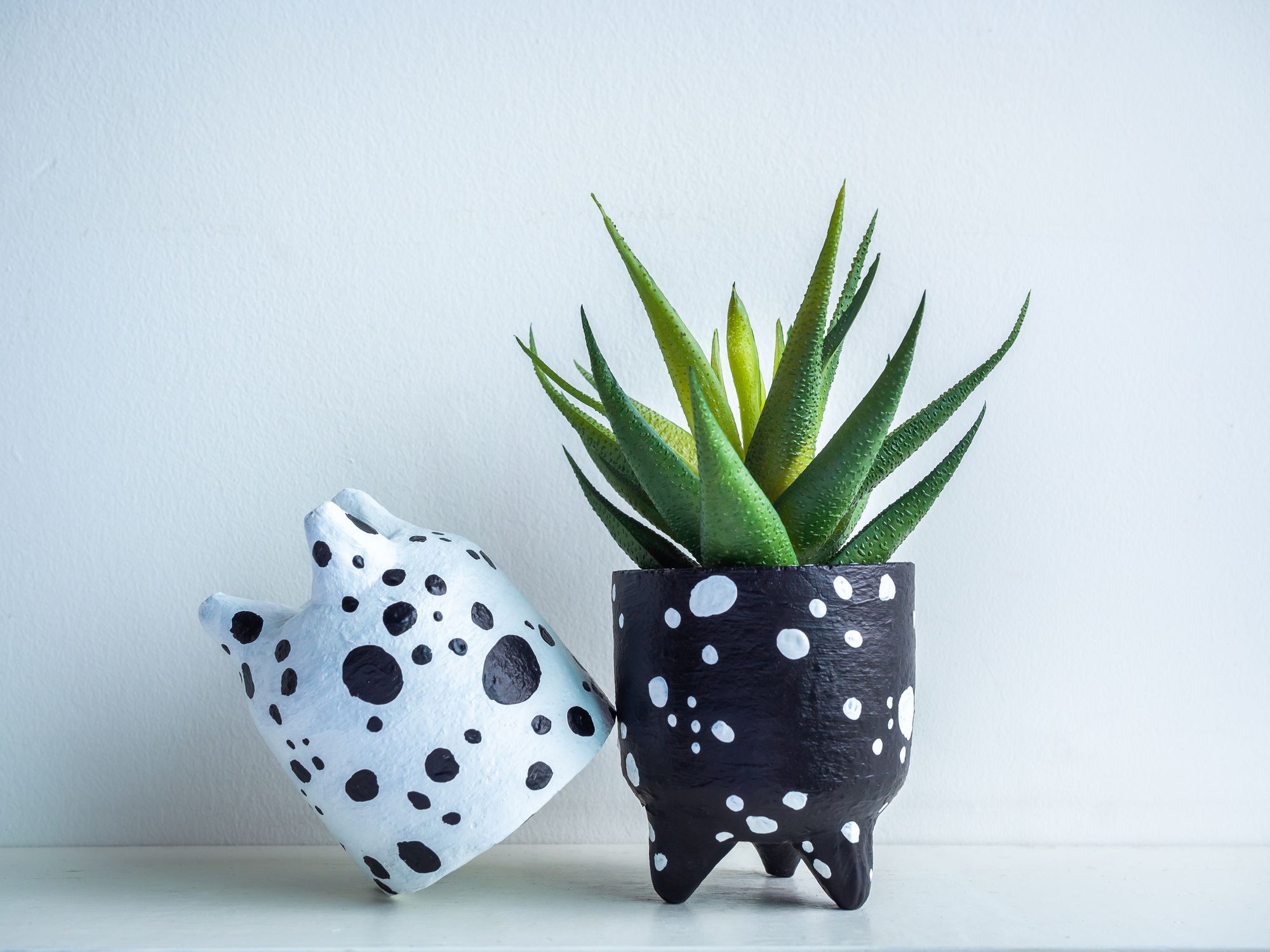
Gardening, an age-old hobby and profession, has been revolutionized by technology. The emergence of innovative flower pots technologies has redefined the way we approach plant care and landscape design. These advancements not only cater to aesthetic needs but also address environmental and practical concerns.
The Evolution of Flower Pots in Modern Gardening
Traditional vs. Smart Flower Pots
Traditionally, flower pots were simple containers with minimal features. Today, smart flower pots have transformed the gardening experience by integrating technology for better plant growth and maintenance.
Key Features of Smart Flower Pots:
- Automated Watering Systems: By utilizing these systems, plants can be guaranteed to receive the perfect amount of water, thereby minimizing the likelihood of over or under-watering and promoting healthy growth.
- Nutrient Monitoring: Sensors in the pots can analyze soil conditions, providing real-time data on nutrient levels.
- Climate Control: Some advanced flower pots can regulate temperature, benefiting plants that are sensitive to climate variations.
Connectivity and Integration
Modern flower pots often come with connectivity features, such as Bluetooth or Wi-Fi, allowing gardeners to control and monitor their plants through smartphones or other devices.
Smart Gardening: A New Age of Horticulture
The Role of Technology in Gardening
Smart gardening goes beyond flower pots. It encompasses a range of technologies that aim to make gardening more efficient, sustainable, and accessible.
Technologies Transforming Gardening:
- Sensor-Based Irrigation Systems: These systems optimize water usage by adjusting to the moisture levels in the soil.
- LED Grow Lights: These provide a spectrum of light ideal for plant growth, especially in indoor environments.
- Automated Climate Controllers: Devices that maintain optimal environmental conditions for plants, regardless of external weather conditions.
The Environmental Impact
Smart gardening technologies provide an innovative approach to garden maintenance that not only simplifies the process but also encourages environmental sustainability. By reducing water and energy usage, these technologies not only help conserve the planet’s resources but also promote a healthier and greener garden.
Flower Pots: The Centerpiece of Smart Gardening
Design and Aesthetics
Innovative flower pots are not just functional; they are also designed with aesthetics in mind, offering a range of styles to complement different decor themes.
Material Innovations
Materials used in modern flower pots range from biodegradable composites to smart polymers that can adapt to environmental changes, showcasing a blend of sustainability and innovation.
The Future of Flower Pots and Gardening
Looking ahead, the integration of AI and machine learning in flower pots and gardening tools is expected to further personalize plant care, making it more intuitive and efficient.
Predictive Analytics in Gardening
With the advancement in data analytics, future flower pots may predict plant needs and adjust care routines accordingly, ushering in an era of predictive gardening.
The Role of Robotics
Robotics in gardening, such as automated pruning or planting systems, could further revolutionize the way we interact with our gardens.
Conclusion
The innovation in flower pot technologies and the broader field of smart gardening is not just a trend but a significant shift towards more sustainable, efficient, and enjoyable gardening practices. As technology continues to evolve, the potential for further advancements in this field remains vast, promising a future where gardening is accessible, enjoyable, and environmentally friendly for everyone.




